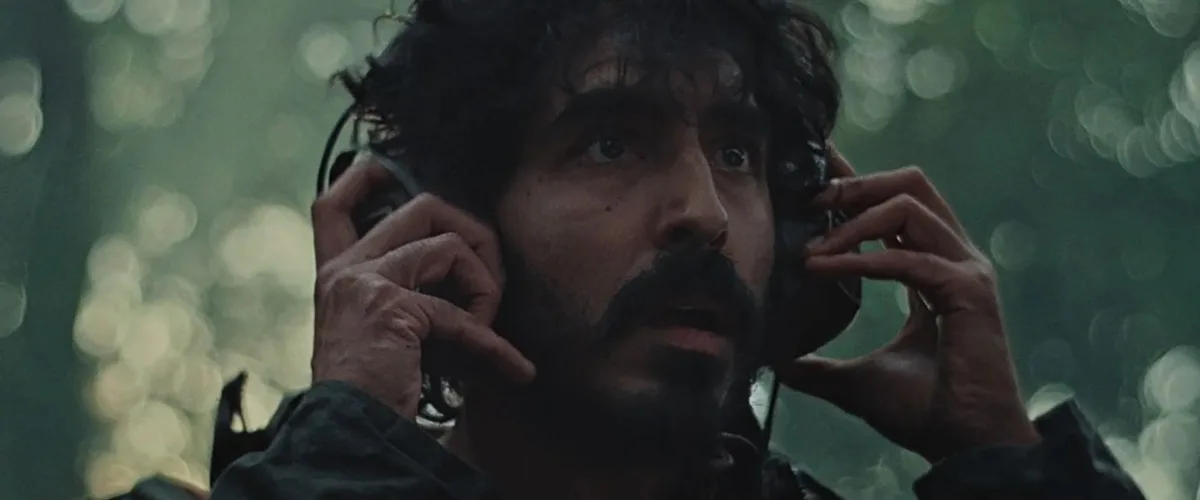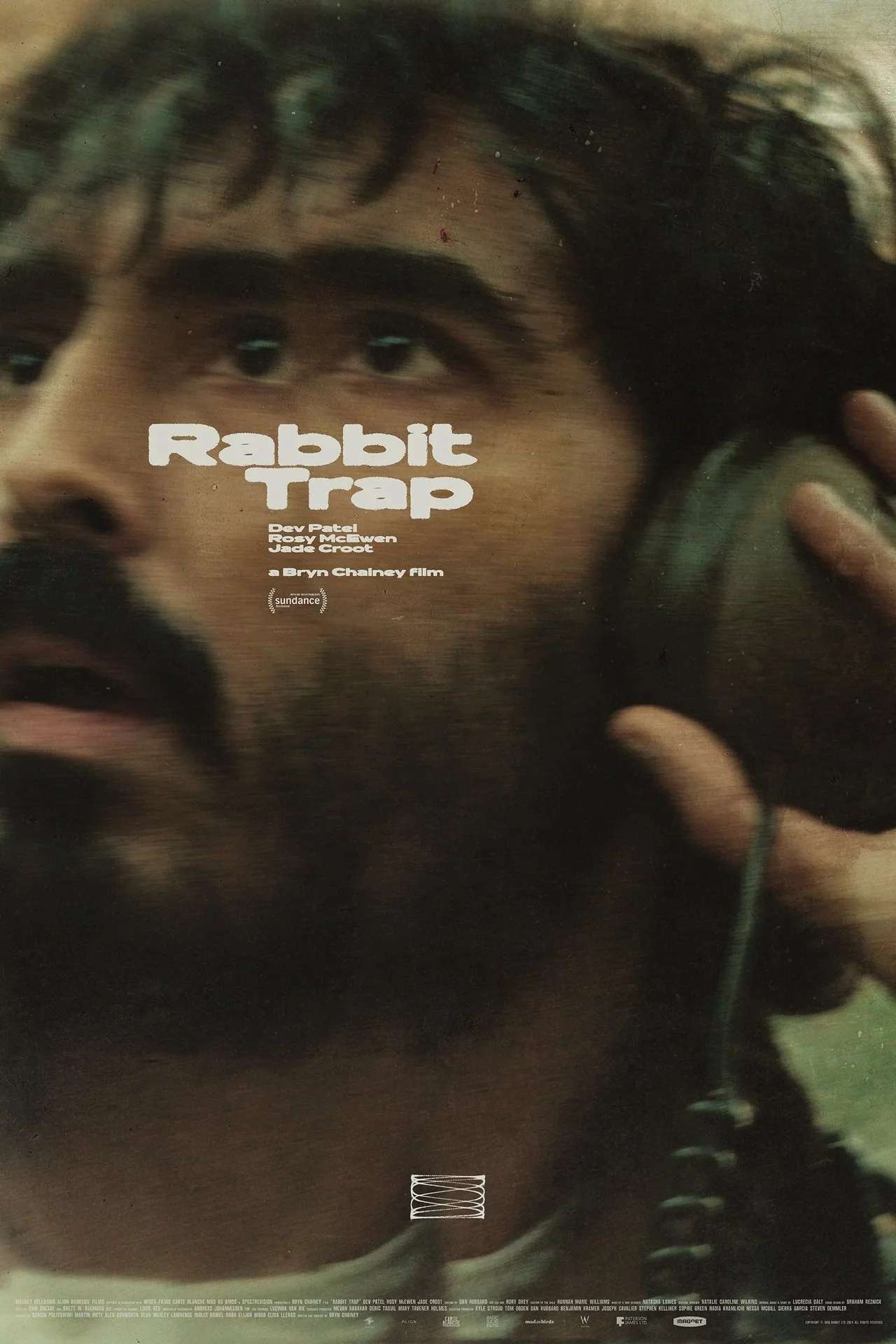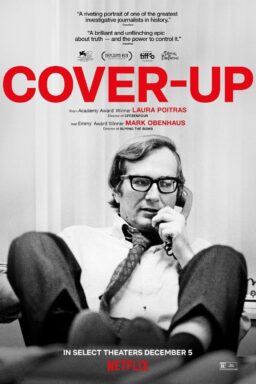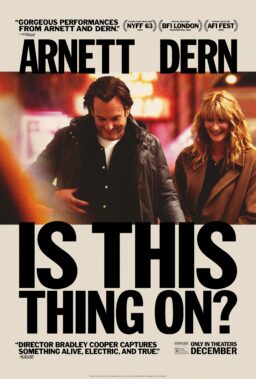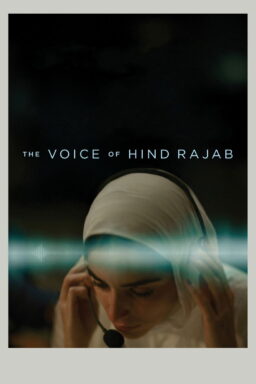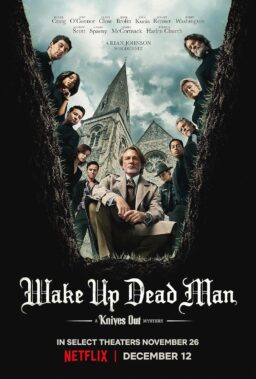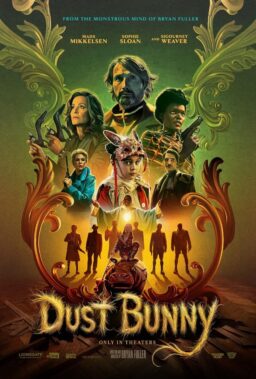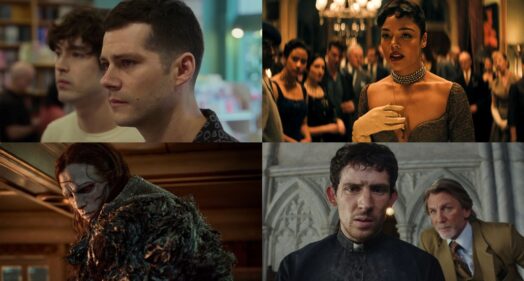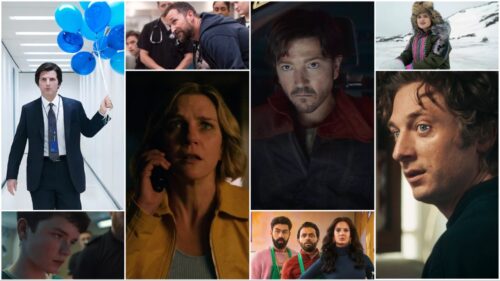“Rabbit Trap,” a supernatural drama about a young couple haunted by a creepy child, revels in the tropes and tics of a few decades’ worth of British folk horror. Dev Patel and Rose McEwen take a trip to Wales in the late 1970s, where their characters, a pair of experimental musicians, find themselves and their relationship at a strange impasse after Darcy, Patel’s introverted protagonist, stumbles upon a mushroom-lined “faerie circle” that immediately makes him pass out. After Darcy comes to, he tries to carry on searching for newfound noises, but he can’t exactly pretend like nothing’s changed.
That’s the crux of “Rabbit Trap,” an atmospheric ghost story that suggests to viewers its protagonists’ hangups through a series of eerie sounds and suggestive imagery. If you’re here for this movie, it’s likely because you love the idea of a horror drama that re-imagines nature as the setting of a grim fairy tale. Instead of focusing on more traditional representations of antagonistic malice, the makers of “Rabbit Trap” direct our attention to the sound of water dripping in a subterranean cave or the echo of a human voice just around the bend. That mood-altering strategy is mostly impressive, even if the movie’s consideration of childhood trauma and how it affects a couple does appear relatively unadventurous. On first glance, at least.
What works in “Rabbit Trap” is what matters, and that’s largely a matter of dread-inducing ambience. It’s a fine showcase for below-the-line craftsmen like sound designer Graham Reznick and cinematographer Andreas Johannessen, as well as for the marquee-topping couple of Patel and McEwen, the latter of whom admirably underplays her unsettled protagonist’s emotional distress.
Writer/director Bryn Chainey also shows a lot of promise in his debut feature, a mood piece that simultaneously bears the marks of its influences, but also doesn’t get bogged down in mimicking those earlier movies. The point of this movie, if it must have one, isn’t about understanding what Darcy and his partner, Daphne, should do once a mysterious and pointedly unnamed child (Jade Croot) intrudes on their lives. If you’re asking yourself what her presence means, then the movie’s already lost its grip on you.
Croot’s presence only accelerates what’s already working in Chainey’s movie, namely its fascination with craggy hillsides, mossy forests, and wind-swept fields. “Rabbit Trap” begins with incantatory voiceover narration that invites viewers to change the way that they see and hear what’s about to follow. This opening address is illustrated on-screen by a retro/fetish–friendly oscilloscope, whose frantic and increasingly abstract patterns also set the tone for the movie that follows.
“Rabbit Trap” will probably seem heavenly to weirdos who love to watch attractive-looking misfits smoke and trundle across the countryside while wearing sensible, but fetching clothing (grey rubber boots, subdued autumnal sweaters, etc.) as they capture weird sounds on old analog equipment. If that’s you, this movie will have you from the jump.
Chainey does, however, deserve credit for the light touch that distinguishes his consideration of heavy themes. “Rabbit Trap” generally suggests more than it explains to us, even if the narrative isn’t exactly ambiguous either. His seductive emphasis on practical or in-camera effects impresses because it’s the best kind of grounding for a story that, in the end, has more to do with what Croot might do next instead of what her unsettling presence means for her surrogate parents. I sometimes wished that Chainey dug further into his characters’ fractured psyches, but he goes far enough to keep the movie exciting and low-key unnerving throughout.
Chainey’s attention to and emphasis on his actors’ body language also suggest that he’s a rare working horror filmmaker who not only trusts his actors to improve what he’s already imagined, but also knows them to be the best way to make us care about anything beyond the movie’s considerable surface pleasures. Gorgeous outdoor locations also do a lot of heavy lifting, as you might expect from a horror movie that evokes deep-cut psychosexual horror gems like “Robin Redbreast,” “Séance on a Wet Afternoon,” and “The Shout.”
Still, what’s most impressive about “Rabbit Trap” isn’t Chainey’s ability to first synthesize and then manifest his subdued vision, but rather his knack for keeping you guessing. A movie like this sinks or swims based on how far ahead of it you are. And while its resolution does feel a bit staid, it’s still potent and strange enough to make you wonder if maybe you missed a step or three. “Rabbit Trap” is that rare trauma drama that makes you immediately want to rewatch it, just to confirm if there’s as much room to grow as you suspect. The first go-around hits a number of well-trod sweet spots; what will the second time around reveal?

